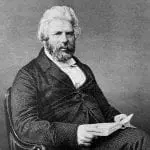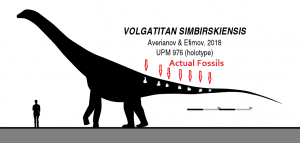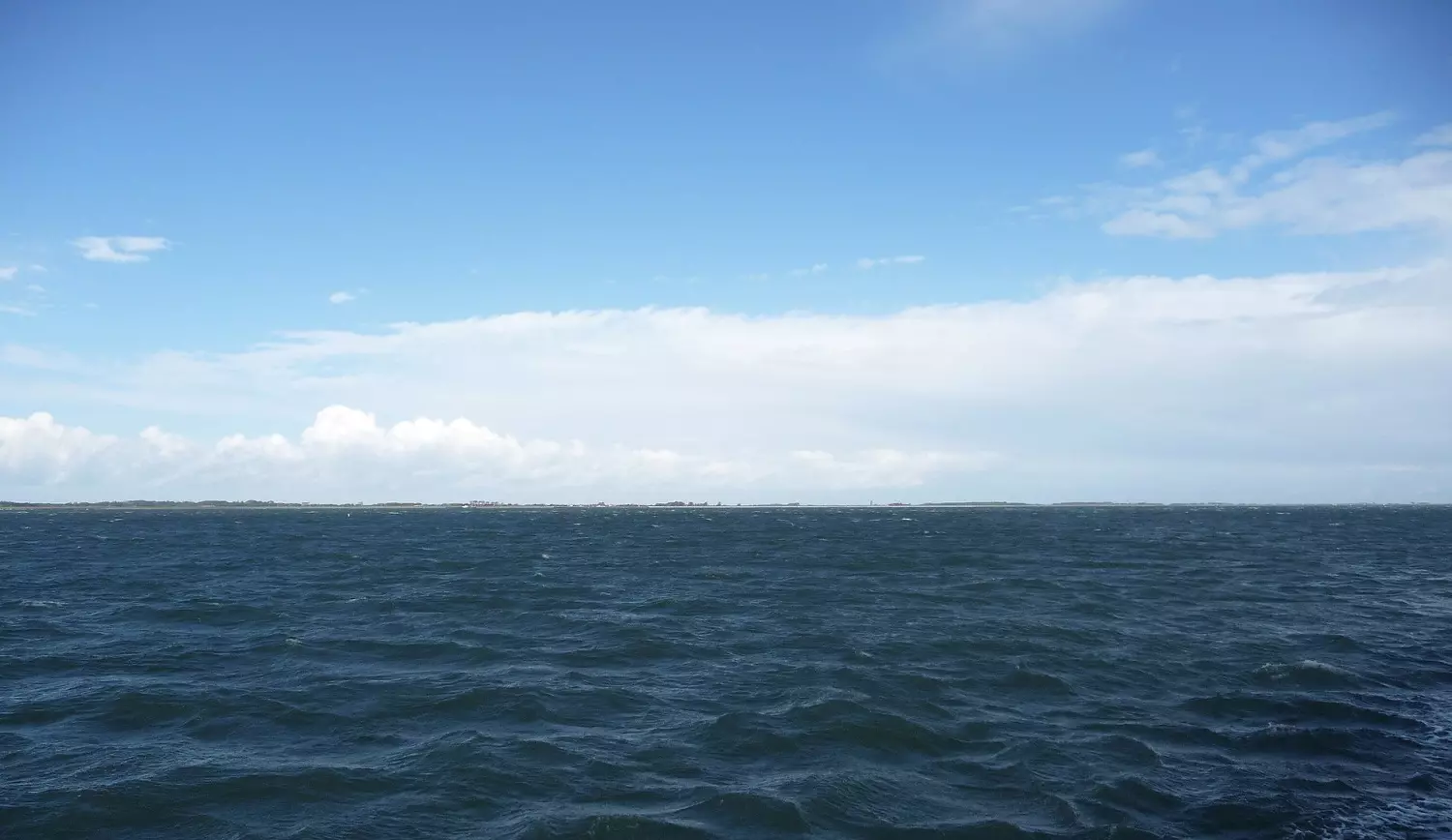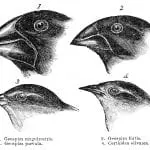[Originally published as Dinosaurs Found in Unexpected Places]
Dinosaurs found in unexpected places. In 1933, the Sinclair Oil Corporation sponsored an exhibit at the World’s Fair in Chicago. The Earth’s oil reserves, it was thought, formed during the era of the dinosaurs–the Mesozoic Era. The exhibit was so popular, a silhouette of a green dinosaur, a Brontosaurus, became Sinclair’s official logo.
Gaining popularity, a few decades later at the New York World’s Fair in 1964, Sinclair introduced their expanded exhibit, called Dinoland, featuring life-size replicas of nine different dinosaurs including their signature 27-foot tall and 70-foot long Brontosaurus. Admission was free. Along with erupting volcanoes, flashing lightning, and bubbling streams, the exhibit re-enacted the once-popular dinosaur oil production theory. Now, more than a half-century later, dinosaurs found in unexpected places give new insights into the history of the Earth.
First Discovery
The first reported discovery of a dinosaur bone in modern times was in a limestone quarry at Cornwell, England in 1676, it was eventually named a Megalosaurus, meaning a “Great Lizard” in Greek. The discovery was reported the following year in the Natural History of Oxfordshire—long before Darwin.
The second documented dinosaur was discovered by William Buckland in the 1800s also in a British limestone quarry. Since then, dinosaurs have been discovered in all of today’s seven continents, including Africa, Antarctica, Asia, Australia, Europe, North and South America.
In 1842, Richard Owen, of the British Museum of Natural History, coined the name for this new reptile class. The name “dinosaur” is from the Greek words deinos, meaning terrifying; and sauros meaning reptile. Fascination with these terrifying monsters triggered a stir.

Just two years later, in 1844, Robert Chambers (pictured left) anonymously published the book entitled Vestiges of the Natural History of Creation. With 33 references to dinosaurs, Chambers argued for transmutation.
Chambers avoided using the term “evolution” in the book, since it had become a highly charged word, even then. Nevertheless, the book became the first to cohesively link dinosaurs with the newest theory of geology known as uniformitarianism in association with transmutation, best known today as evolution.
The book became a sensational best-seller. Even Queen Victoria is reported to have read and became fascinated with the book. Sales of Chamber’s book far exceeded the Origin of Species through the 1880s.
Interestingly, of the over 8,000 specimens Darwin sent back to England during his 5-year voyage, not a single one has yet been identified as a dinosaur. Even so, dinosaurs have since emerged as a popular symbol of evolution.
The recent discovery of dinosaurs in unexpected places, ironically, however, are uncovering new unexpected questions.
Unexpected Places
Land-walking (terrestrial) animals are not expected to be found fossilized in the ocean for one obvious reason—that’s neither where they lived nor are expected to die. However, terrestrial dinosaurs have now been discovered in marine sediments in Africa, Asia, Canada, Japan, Russia, North America and even in the North Sea. In the words of Nick Longrich of the University of Bath in the UK:
A dinosaur [extracted] from marine rocks – it’s a bit like hunting for fossil whales and finding a fossil lion.
North Sea
In 1997, the first fossilized dinosaur ever to be reported in marine sediment was found in the North Sea. At nearly 8,000 feet (1.5 miles) below the 1,000-foot sea-depth of the Snorre Oil Field (pictured left) off the coast of Norway, geologists spotted an unexpected curiosity in their core sample.
Within the drill bit was, what appeared to be, a crushed bone. However, they were persuaded by their crew, thinking it was just a plant, to store it away. The North Sea is thought to have once been a huge terrestrial area where rivers meandered through dry plains.
Fortunately, the core sample was saved.
In 2003, for unknown reasons, the specimen was sent to Jorn Harald Huru, a paleontologist at the University of Oslo, since it looked like it might be a crushed fossilized dinosaur bone. An astonished, Hurum told the BBC:
It’s the first time a dinosaur bone has ever been found in such a deep core.
“To drill through a terrestrial animal,” Hurum further explained, “is much rarer because there are so many more marine sediments there.”
A dinosaur found in an unexpected place… or, so it seems.
Russia
In the early 1980s, what looked like three giant bones along the banks of the Volga River in western Russia, had fallen from a towering limestone cliff near the village of Slantsevy Rudnik. Eventually, more of the cliff continued to slide-off onto the riverbanks below.
Vladimir Efimov, the head of the Undorovsky Paleontology Museum, at the time, called the finds as from a “great vertebrate” but he could not classify the fossils. In 1997, Efimov published his findings in the Paleontological Journal.
From the seven vertebrae that were eventually collected, the specimen was named Volgatitan simbirskiensis, after the river (Volgatus means “common” in Latin). Volgatitan, however, was anything but common. This enormous long-necked terrestrial sauropod walked the Earth weighing nearly 40,000 pounds.
The fossilized bones, all but forgotten, sat for nearly 20 years until Alexander Averianov, of the Russian Academy of Sciences, decided it was time to re-examine Russia’s collection of dinosaurs. “I decided to also study the fossils reported by Efimov,” Averianov explained, “and visited his museum in July 2017 and examined the fossils.”
His investigation revealed that this fossilized land-walking dinosaur had been encased in marine sediment. As Averianov explained to Fox News, the fossils had come…
from a cliff of marine sediments which are rich in invertebrate fossils such as ammonite and bones [of] marine reptiles.
The elevation of this region, however, is over 1,000 feet, and thousands of miles from any ocean.
A dinosaur found in an unexpected place… or, so it seems.
Africa
Beginning in the late twentieth century, the search for dinosaurs in Africa has uncovered more than 75 fossilized dinosaur species.
In 2017, the discovery of a probable terrestrial dinosaur in a Moroccan mine, operated by Sidi Chennane, drew the attention of paleontologist Nick Longrich. Importantly, the mine is known to be rich in phosphates and marine fossils: an unexpected place.
In the Kem Kem Beds of the Oulad Abdoun Basin on the far eastern border of Morocco, the mine is located thousands of miles from either the Atlantic Ocean and the Mediterranean Sea.
In collaboration with his colleagues based in Morocco, France, and Spain, Longrich identified the fossil as a new Abelisauridae species. While similar to T. rex, this two-legged Chenanisaurus had a shorter, blunter snout, and even tinier arms.
The Abelisauridae family is thought to have roamed the northern and southern hemispheres, including Asia, Australia, and North and South America. The team named the fossil Chenanisaurus barbaricus in honor of the mine “Sidi Chennane” where it was discovered followed by the root word “barbaric.”
In 2019, the final report, “An abelisaurid (Dinosauria: Theropoda) ilium from the Upper Cretaceous (Cenomanian) of the Kem Kem Beds, Morocco,” was published in the online journal PlosOne. As Longrich explained to ScienceDaily:
This find was unusual because it’s a dinosaur from marine rocks.
One more dinosaur found in an unexpected place… or, so it seems.
Japan
Excavations to extract a 25-foot long fossilized duck-billed dinosaur began in 2013. The nearly complete skeleton is the largest dinosaur skeleton ever found in Japan. Nicknamed “Mukawaryu,” meaning Mukawa dragon, the fossil was named in honor of the local town: an unexpected place.
The range of this terrestrial dinosaur is thought to have once included Asia, Europe, North and South America, and even into Antarctica. According to the research team from Hokkaido University and Hobetsu Museum in Mukawa, this fossil is actually the third complete skeleton of a Hadrosaurid to have ever been discovered in marine sediment.
Research team leader, Yoshitsugu Kobayashi, professor of paleontology at Hokkaido University, in the final report published in the journal of Nature, September 2019, said of Model of Hadrosaurus the unexpected finding:
Hadrosaurid materials from marine deposits are rarely reported.
The Science News staff writer concurs,
It is rare for a complete skeleton of a terrestrial dinosaur to be discovered in a marine stratum.
During the mid-nineteenth century, the first of the three known Hadrosaurids was discovered by Joseph Leidy in New Jersey. Twenty years later, the second one was discovered on the property of John E. Hopkins, in marine sediments east of Philadelphia across the Delaware River.
While the sediments for these areas are known to be rich in marine fossils, these two Hadrosaurids are now only known in the pages of history. It had been reported:
Mr. Hopkins being young at the time of the discovery, and not specially interested in such subjects, had permitted visitors to carry away the fossils.
The current fate of Leidy’s Hadrosaurid, however, may yet be found in Philadelphia’s Academy of Natural Sciences where it was last known to be on display in 1868.
Intrigued with Hadrosaurids, in 2006, paleontologist Albert Prieto−Márquez, of Florida State University, investigated these two earlier discoveries further. Concluding that they were indeed discovered in marine sediments. In his published report, Prieto−Márquez could appreciate why Leidy once said that he:
Regarded it as most probably an amphibious animal.
A dinosaur found in an unexpected place, again… or, so it seems.








It is absolutely amazing that the first two dinosaur discoveries were as recent at the 1600s and 1800, yet the stories of dragons abound in story and in Scripture. Time after time, science finally catches up with Scripture, yet “scientists” are so quick to dismiss Scripture as an authority. Great article. Thanks for writing! William